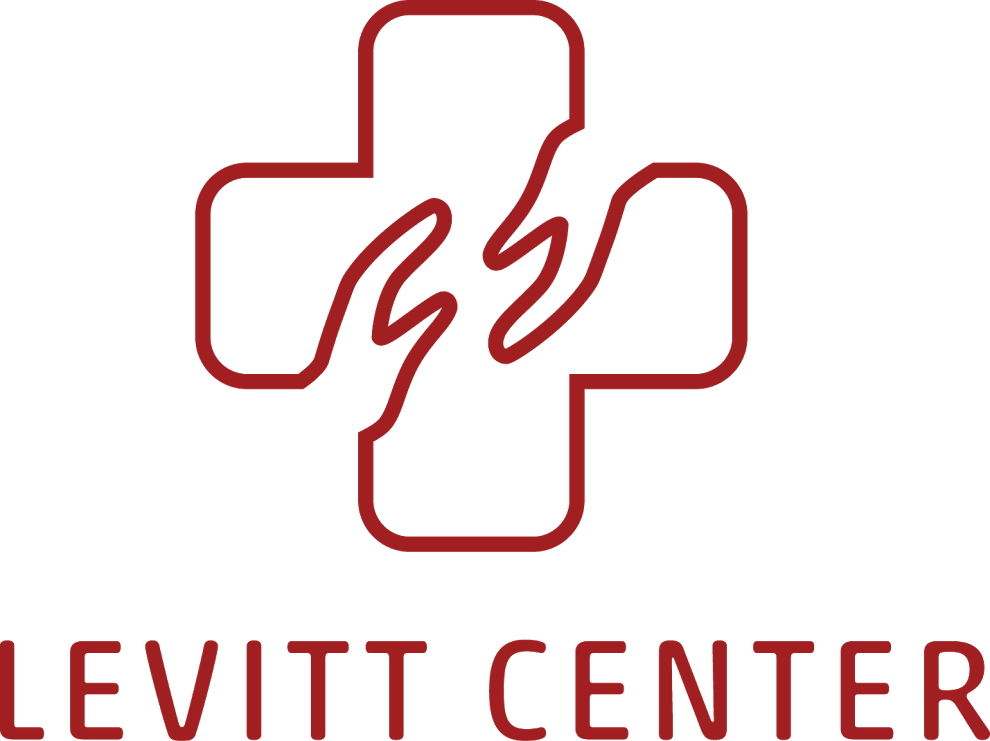Lynton Scholar Theresa Cheng, MD, Reflects on the SEM Consensus Conference, September 2017
The local Emergency Department (ED) is a microcosm of its surrounding communities and the social determinants of health impacting residents’ abilities to pursue individual wellbeing. As our societal safety net, EDs – and the providers within – are in a unique position to address medical and social emergencies. Emergency physicians are given the opportunity to intervene on behalf of patients as advocates of essential medical and social needs. Social Emergency Medicine (SEM) is a timely and increasingly necessary field as the future of our healthcare system is becoming more uncertain and more patients find themselves seeking the ED as a last resort. Institutionalizing SEM through the consensus conference “Inventing Social Emergency Medicine” formally establishes the field, providing context and space from which EM providers may work. As a Lynton Scholar, I was privy to this roundtable discussion that assembled leaders of the field, from experienced forebears of Emergency Medicine to current trailblazers in SEM research. While participants presented distinct research on topics such as homelessness and community violence, the common goal of health equity was palpable throughout – the conference was a chance to define, mediate, and enhance the interplay between medicine and social justice that naturally exists in the ED. Central to our discussions was the recognition of the need to expand the ED’s role in incorporating population-based health research and interventions while leveraging already-established resources in local communities. Stronger ties with fellow providers, such as social workers and nurse practitioners, would bolster our abilities to address social needs in the ED; meanwhile, connecting with unexpected allies, such as lawyers and anthropologists, would innovate the way we deliver this care. By integrating social structural analyses to medical and public health curricula, we would be providing future generations of health professionals with the lenses to identify, treat, and ultimately prevent social determinants leading to disease. The need for SEM, as reflected in the realities of many of the patients we encounter in the ED, extends beyond the moral imperative as this pragmatic approach can help to reduce ED recidivism and overall healthcare costs. By identifying and addressing our patients’ unmet social needs, we seek to disrupt the multi-faceted causes of their illness and improve the overall health trajectory. Through “Inventing Social Emergency Medicine” and future such collaborations and conferences, SEM has become not just a doctrine within medicine, but a way of practice and a way forward in advancing health justice.
Post Script: I am extremely grateful for the Lynton Scholarship that allowed me to take part in the inaugural conference of social emergency medicine. Many thanks to the family of Jamie and Michael Lynton as well as the Andrew Levitt Center for Social Emergency Medicine for this momentous opportunity.
